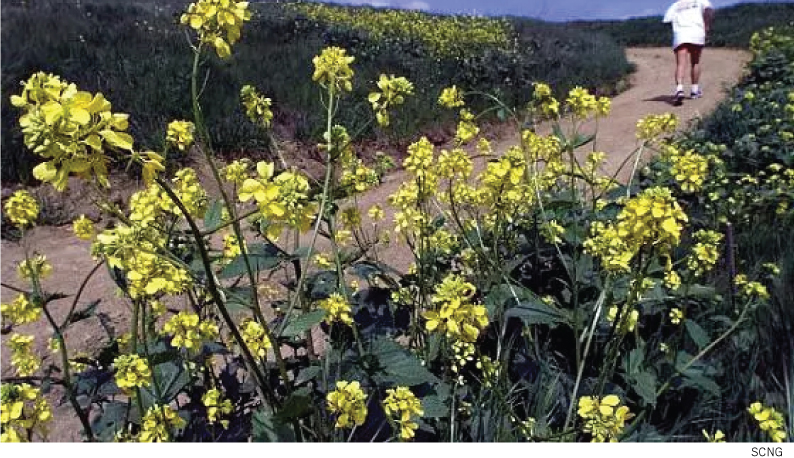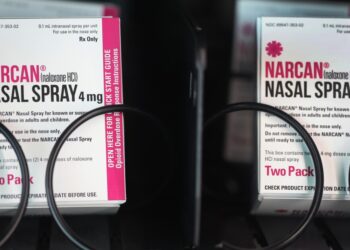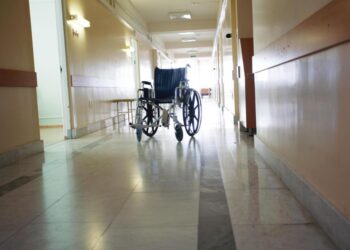Allergy issues
With record rains and beautiful flower blooms comes a lot of irritating pollen.
Californians, and particularly Southern Californians, are lucky that compared to a lot of states, the allergy season is much milder because of the dry climate. But this winter is different, and pollen rates might be higher than many years.
About 1 in 5 Americans are diagnosed with environmental allergies and more than 50% say allergies impact their daily quality of life.
The National Allergy Bureau says, “California has the highest number of populated metropolitan areas in the top 10. Sacramento, San Diego, San Francisco are also listed on the “Better Than Average” list, making California one of the best states for people living with pollen allergies.”
California’s coastal weather and low pollen concentration make it a top-ranked state for allergy sufferers.
You can find the pollen count in your ZIP Code at pollen.com.
How pollen is measured
Pollen count measures the grains of pollen per cubic meter of air using a standardized calculation. Pollen counters use an air-sampling device called a rotarod to collect pollen for 24 hours.
The device uses clear silicone rods coated in grease to attract and retain pollen. Scientists then analyze the collected materials, checking for the types of pollen and their concentration levels over a given 24-hour period.
There are also designated pollen seasons, during which time pollen counters collect their figures.
Pollen counters consist of individuals who received specialized training through the National Allergy Bureau.
Mapping the year
The image below is of pollen data from the National Allergy Bureau, a section of the American Academy of Allergy Asthma & Immunology’s Aeroallergen Network. The NAB collects and manages distribution of pollen data collected at the NAB stations.
Pollen stations are run by AAAAI member volunteers and are self-funded.
The image is from the report: “Pollen calendars and maps of allergenic…
Read the full article here







